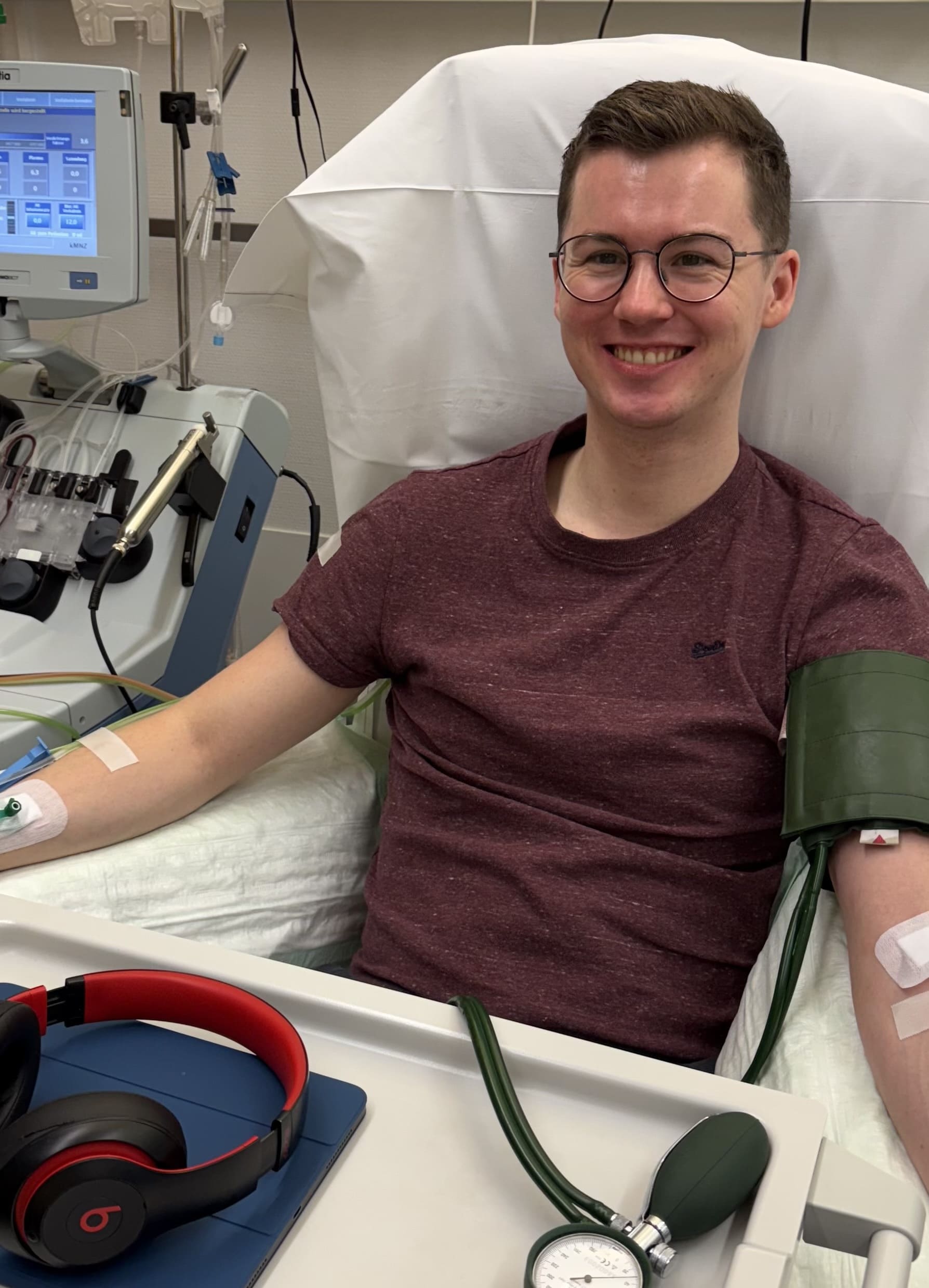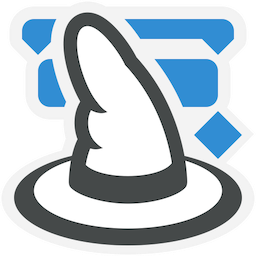My Stem Cell Donation with DKMS Dresden

I almost forgot I was even on the registry – until suddenly a call came that changed everything. Here’s how my stem cell donation went with DKMS.
How it all began
The Preparation
The Donation
My Conclusion
How it all began
Back in school – typing (cheek swab). Quick, easy, “cotton swab in, be a donor”. And then: years of nothing. Until suddenly, in November, my phone rang. DKMS. My sample was a match.
I received a blood collection kit at home – including everything needed: syringes, tubes, a prepaid return package. Along with it came a detailed phone call explaining all the info about a possible donation. I immediately said: sure, I’ll do it.
The Preparation
A few months passed, then came the message: I’m the chosen one! So I went to Dresden for a preliminary examination. DKMS checks everything thoroughly – and I think that’s great. Blood count, ECG, ultrasound. A full check-up. Bonus: I even got all the results sent to me later.
I was thoroughly informed again about both donation methods:
-
Peripheral – my method: similar to a plasma donation. You sit comfortably for 3–5 hours, the blood flows out of one arm, is centrifuged, the stem cells are filtered out, and the rest flows back into the other arm.
-
Bone marrow extraction: about 10% of donations. Under general anesthesia, bone marrow is taken from the pelvic bone. You’re done after 1-2 hours.
To prepare, I had to inject a so-called growth factor into my abdomen for a few days. It tricks the body into thinking there’s an infection, boosting stem cell production. The excess stem cells then move into the bloodstream – and that’s what will be collected later.
Sure, I was nervous about the injections, but everything was explained, and if you prefer, a nursing service can even come by. I did it myself – after a brief hesitation, it was really easy.
Side effects? Yep, there were some. Joint pain, tiredness, a dull ache radiating from the pelvis. But hey – paracetamol and ibuprofen help, and you know why you’re doing it. Feeling like an incubator for a few days is, in my view, a fair trade-off.
The Donation

Two weeks later, I went back to Dresden. I was prepared: iPad full of movies, snacks packed.
I got a cannula in the crook of my left arm and another one in my right upper arm. This way, I could still use my right hand for the iPad – a huge relief!
The 3.5 hours flew by (in all fairness, it went really fast for me). I had no side effects during the donation, and the effects of the injections subsided quickly. I was a bit tired but proud when I got up and treated myself to a big lunch.
What I really have to emphasize: the on-site team was fantastic. Super friendly, warm, almost motherly. There were snacks, drinks, pleasant chats. And the best part? The entire trip was paid for – train ticket, hotel, even meals if you want. Plus: special leave. DKMS really thinks of everything. Zero friction.
My Conclusion
Yes, it was unusual. Yes, my body briefly sounded the alarm. But I’d do it again in a heartbeat. If a few days of mild discomfort can save someone’s life? No question.
And honestly: you even get a little health check thrown in. Where else do you just get that?
Hats off to DKMS – for the perfect organization, the warm support, and the chance to be part of something so significant.

